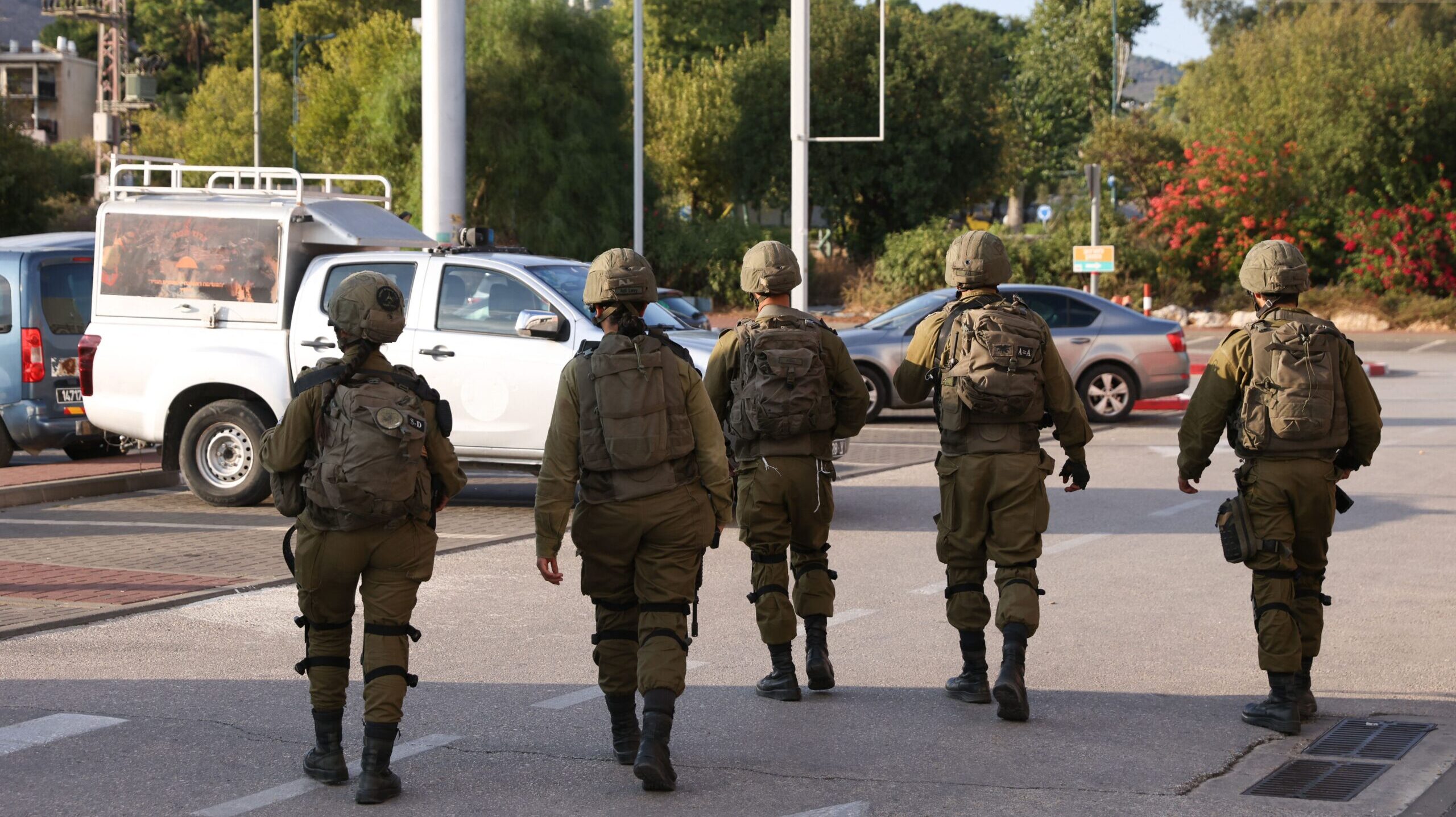
Israeli soldiers patrol the northern city of Kiryat Shmona near the Lebanon border on October 20, 2023. (Photo by JALAA MAREY/AFP via Getty Images)
KIRYAT SHMONA, Israel — Clouds blanketed northern Israel on Thursday, as Israeli forces continued to deploy for the possibility of a multi-front conflict against Hamas in Gaza and Iranian-backed Hezbollah in Lebanon.
In this second week of the war, which started with the Oct. 7 terrorist attacks by Hamas that killed over 1,300 Israelis, there is a growing sense among IDF that Hezbollah is going to be a problem. Despite efforts by the United States, United Kingdom and other leaders to pressure Iran not to make the situation worse, including through proxy fighters, there has been a slow but steady increase of exchanges across Israel’s northern border.
Overall, the 300,000 reservists called up by Israel are being dispersed to both borders. Reserve units have reported receiving high levels of troops arriving since Oct. 7. And older equipment is finding new life: technology that had been expected to be mothballed in favor of Israel’s high-tech Momentum strategy, like older APCs, are now being used frequently on the streets of both northern and southern Israel.
The question now seems to be when Israel will move forward with a ground operation in Gaza — it had been anticipated last weekend, but has yet to officially begin — and whether that will trigger attacks from the north from Hezbollah.
Breaking Defense visited that border on Thursday to see the potential front line up close. Roads along the border are closed, and most communities near the border now have checkpoints or closed gates; many of these checkpoints are close enough you can clearly see Lebanon in the distance. Among the sights in the village of Shtula was a van that locals said was hit by a missile from over the border. Reports also say that Hezbollah has targeted observation sites and is using rockets, ATGMs, shooting attacks, mortars and drones.
RELATED: How drone warfare in Israel could dramatically change if Hezbollah joins the fight
A number of Lebanese villages near the border have already been de facto evacuated, as Lebanese citizens head north towards the relative safety of Beirut. For its part, Israel has evacuated 28 communities along the border this week and on Thursday evening Israel’s National Emergency Authority IDF announced the implementation of a plan to evacuate the residents of Kiryat Shmona, a city located near the Lebanese border, to “state-funded guest houses.”
The IDF presence in the north is heavy, with tanks, APCs, and other vehicles driving along roads previously would have been packed with tourists and civilians, but are now deserted. One IDF officer said his forces were prepared for a fight with Hezbollah if it comes, and had high morale — matching a theme of unity that a number of Israeli soldiers have expressed since the Oct. 7 attacks. Despite that mood, the threat seems to be increasing.
On Thursday, multiple attacks from inside Lebanon involving anti-tank missiles and rockets set off sirens in a number of communities along the border and “a number of anti-tank missiles were launched at IDF posts adjacent to the border with Lebanon,” the IDF said. The IDF said that in one case six launches were identified and in another 20 rockets were fired from Lebanon. Hamas took responsibility for the latter, meaning the terrorist group now claims to have rocket launch infrastructure in Lebanon and Gaza.
On Friday, an IDF soldier was severely injured during an attack during the day. In turn, the IDF said a UAV was used to strike a “terrorist” in Lebanon.
If the scene along the Lebanese border is heating up, the back and forth in Gaza is aflame.
After the first week of attacks on Gaza, the IDF said it had used 6,000 munitions; the total used in the second week has not been released. However it feels lighter than in week one, with more precision strikes as opposed to widespread bombardment.
Read more coverage of the Israel-Hamas conflict:
- In Beirut, anger in the street amid fears of escalation with Israel
- On Israel’s front line, a grim silence and a military build-up
- How drone warfare in Israel could dramatically change if Hezbollah joins the fight: Analysts
- The Israeli Gaza campaign: High expectations, big risks and bleak outcomes
- Ukraine, Israel, submarines: What’s in Biden’s $105B supplemental request
- Hamas attack might freeze Saudi-Israeli normalization, but won’t likely kill it: Analysts
On the border of Gaza this week the rocket fire from Hamas and other groups in Gaza continued to strike throughout southern and central Israel. Israel’s multi-layered air defense systems, made up of Iron Dome, David’s Sling and Arrow, continued to intercept the threats. Traditionally Israel has claimed a high success rate of intercepting incoming fire. However, with more than 6,900 rockets fired from Hamas since Oct. 7, Israel has not provided recent updates on the number of interceptions.
Along Gaza, Israel has evacuated 20 small communities near the Gaza border as well as the city of Sderot, sending some 50,000 people to hotels and other places to stay. Meanwhile, the firing from Israel has led to concerns about mass displacement of Palestinian refugees from Gaza, with no clear solution on where they may go.
There was a small burst of good news Friday, when Hamas released a pair of Americans from among the more than 200 kidnapped citizens. Those Americans are now reportedly in Israeli hands.
Material reinforcement continues to flow in as well. The Ministry of Defense said that the 45th cargo plane carrying armaments arrived Wednesday. The Israel Ministry of Defense also received a cargo plane from the United States, “carrying the initial shipment of armored vehicles designated for use by” the IDF, though a Ministry statement did not say what vehicles those were. (Images provided by the IDF appear to show MDT David vehicles made by Alabama-based MDT Armor.)
The White House today also sent to the US Congress a request for military aid that includes almost $14 billion just for Israel — money that is additive to the $3 billion Israel receives annually from the US for military equipment. Whether that money makes it through a dysfunctional US Congress is unclear, though there appears to be widespread support in Washington for aiding Israel.
Reuters also reported this week that two Iron Dome batteries owned by the US Army would be shipped back to Israel. The Pentagon has not confirmed that move, but if so, the capability will be welcomed back home.
Romania signs LOA to secure entry to F-35 club
“This decision marks a significant milestone in Romania’s defense strategy and its commitment to maintaining a robust and advanced military force,” Lockheed Martin said in a statement.
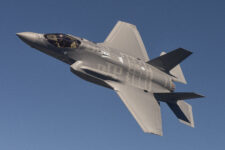







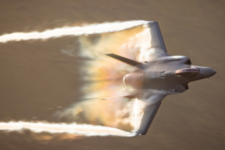



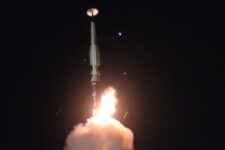









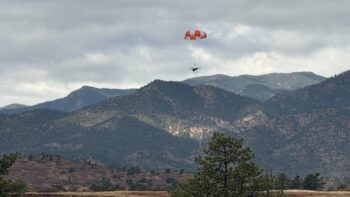
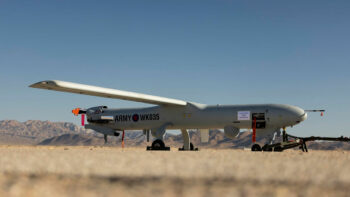
![E-2D_AR_1[1]](https://breakingdefense.com/wp-content/uploads/sites/3/2024/10/E-2D_AR_11-350x233.png)

